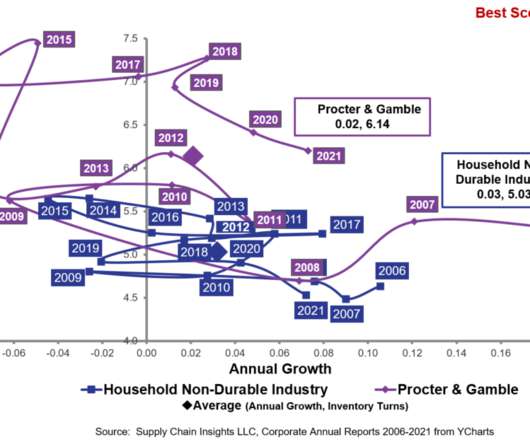How Demand Planning Influences Supply Planning through Predicting Future Demand Patterns
Vanguard Software
JULY 20, 2021
And before that, in 2001, Nike also had a demand planning blunder that led to a $100 million loss in sales. Whereas supply planning projects and manages inventory or supply to meet consumer demand. Organizations can then make shrewd business decisions about inventory and production.
















Let's personalize your content